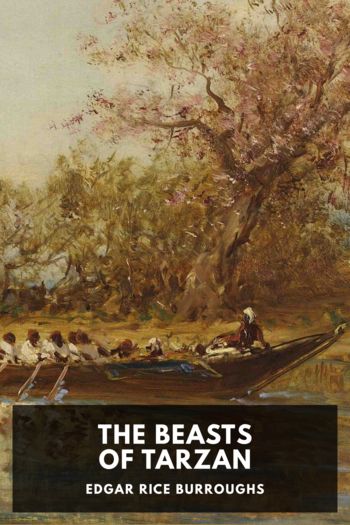Short Fiction by Edgar Allan Poe (good books for 7th graders .TXT) 📕

Description
Edgar Allan Poe is one of the primary figures of American nineteenth-century literature. His writing was heavily influenced by Romanticism ideals of emotion and feeling, and although mostly known for his Gothic-tinged horror, his tales jump between many different genres, including science-fiction, satire, humor, mystery, and even early detective fiction.
Poe mostly wrote short stories and poems, published in magazines and periodicals like the Southern Literary Messenger and Graham’s Magazine, although he also turned his hand to essays and novels (including The Narrative of Arthur Gordon Pym of Nantucket). He was one of the first American writers to pursue writing as a career, but was better received in France than in his native country. He struggled to make ends meet and resorted to work as a literary critic. His reputation suffered a further blow after his unfortunately early death in 1849 at the age of 40, when a rival not only wrote an extremely unflattering obituary, but bought the rights to his work and published a compilation with a hit piece for an introduction. This undeserved reputation took many decades to fade, but didn’t hinder praise from other notable authors including Arthur Conan Doyle and H. P. Lovecraft.
Collected here are all of Poe’s short fiction stories, in order of their original magazine publication. Notable stories include “The Gold-Bug,” “The Black Cat,” “The Fall of the House of Usher,” “The Masque of the Red Death,” “The Pit and the Pendulum,” “The Murders in the Rue Morgue,” and many more.
Read free book «Short Fiction by Edgar Allan Poe (good books for 7th graders .TXT) 📕» - read online or download for free at americanlibrarybooks.com
- Author: Edgar Allan Poe
Read book online «Short Fiction by Edgar Allan Poe (good books for 7th graders .TXT) 📕». Author - Edgar Allan Poe
“We will resume this question by mere allusion to the revolting details of the surgeon examined at the inquest. It is only necessary to say that his published inferences, in regard to the number of ruffians, have been properly ridiculed as unjust and totally baseless, by all the reputable anatomists of Paris. Not that the matter might not have been as inferred, but that there was no ground for the inference:—was there not much for another?
“Let us reflect now upon ‘the traces of a struggle;’ and let me ask what these traces have been supposed to demonstrate. A gang. But do they not rather demonstrate the absence of a gang? What struggle could have taken place—what struggle so violent and so enduring as to have left its ‘traces’ in all directions—between a weak and defenceless girl and the gang of ruffians imagined? The silent grasp of a few rough arms and all would have been over. The victim must have been absolutely passive at their will. You will here bear in mind that the arguments urged against the thicket as the scene, are applicable in chief part, only against it as the scene of an outrage committed by more than a single individual. If we imagine but one violator, we can conceive, and thus only conceive, the struggle of so violent and so obstinate a nature as to have left the ‘traces’ apparent.
“And again. I have already mentioned the suspicion to be excited by the fact that the articles in question were suffered to remain at all in the thicket where discovered. It seems almost impossible that these evidences of guilt should have been accidentally left where found. There was sufficient presence of mind (it is supposed) to remove the corpse; and yet a more positive evidence than the corpse itself (whose features might have been quickly obliterated by decay), is allowed to lie conspicuously in the scene of the outrage—I allude to the handkerchief with the name of the deceased. If this





Comments (0)